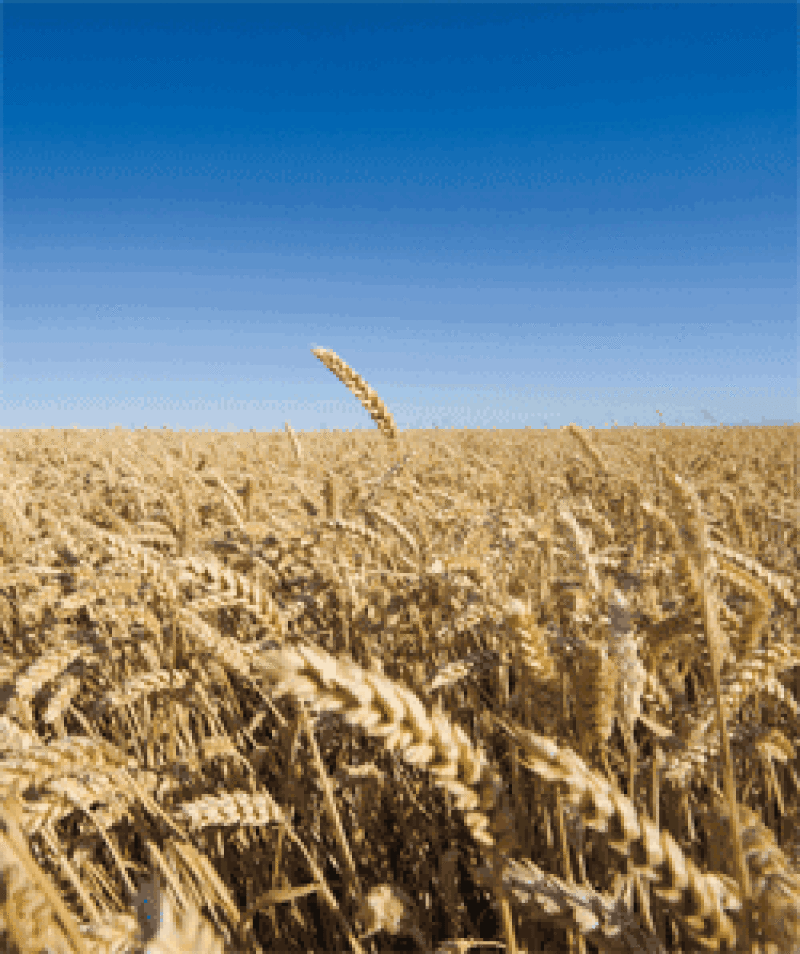Emission control’s neglected area
Getting microfinance to the farmers

TO UNDERSTAND THE impact of today’s higher food price environment it is important to understand how the factors behind the rally are different from those that drove previous price spikes.
"We’ve had falling real food prices for a whole century," says Josef Schmidhuber, senior economist and head of the global perspectives studies unit at the UN’s Food and Agriculture Organization in Rome. "For decades, this reflected rapid productivity growth combined with declining population growth and a growing saturation of food demand. Prices for individual crops have spiked from time to time but the last time we saw the price of all agricultural commodities soar was in 1973-74 when we had the world food crisis," he says. "While there are some similarities between that period and today, such as a spike in oil prices and a falling dollar, the big difference with today’s situation is that high oil prices are creating a completely new, much larger market, making it more difficult to meet market demand for agricultural produce."
High energy prices and concerns about energy security that have spurred demand for biofuels derived from crops including corn and sugar cane and economic growth have made the picture for demand radically different from that of the 1970s.